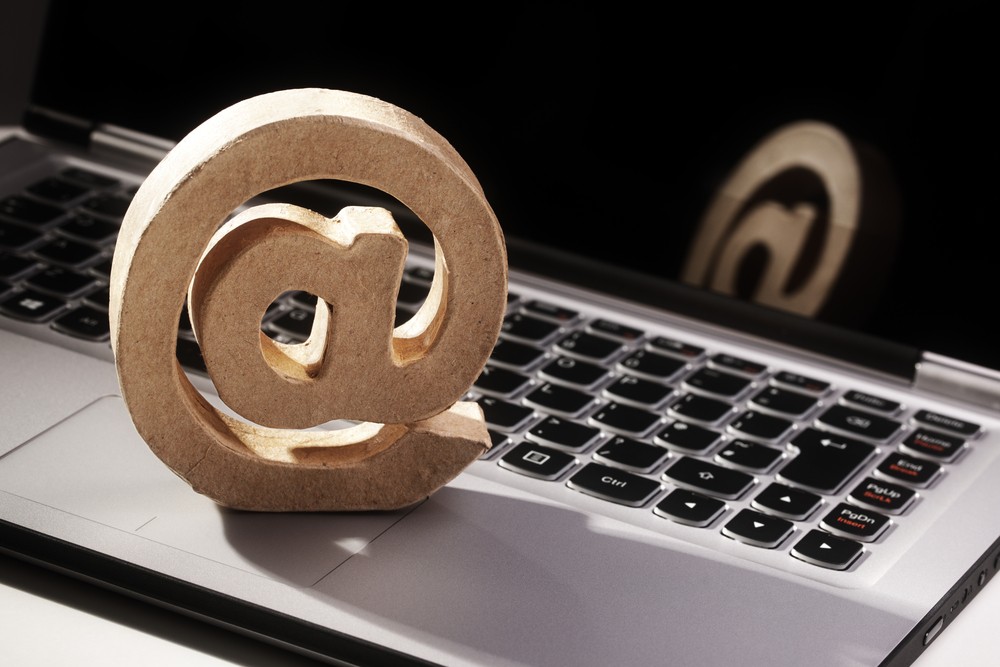
The average office worker receives around 80 emails each day. All of this incoming information can cause stress and tension, and may cause people to miss important messages or misinterpret them.
Follow these simple rules:
- Make good use of subject lines. The subject line of your email message should have two functions: Grabs the recipient’s attention, and summarizes the email, so that they can decide whether to read it or not.
- Keep messages clear and brief. Emails need to be clear and concise. The body of the email should be direct and informative, and it should contain all pertinent information. Avoid using informal language, slang and jargon. And only use emoticons with people you know well. Remember recipients may share your emails with other colleagues, or even clients.
- Be polite. People often think that emails can be less formal than traditional letters. But the messages you send are a reflection of your own professionalism, values, and attention to detail, so a certain level of formality is needed.
- Check your tone. Your choice of words, sentence length, punctuation, and capitalization can easily be misinterpreted without visual and auditory cues. Think about how your email "feels" emotionally. If your intentions or emotions could be misunderstood, find a less ambiguous way to phrase your words.
- Proofread. Finally, before you hit "send," take a moment to review your email. Your email messages are as much a part of your professional image as the clothes you wear, you lose credibility when you send out a message that contains typos.